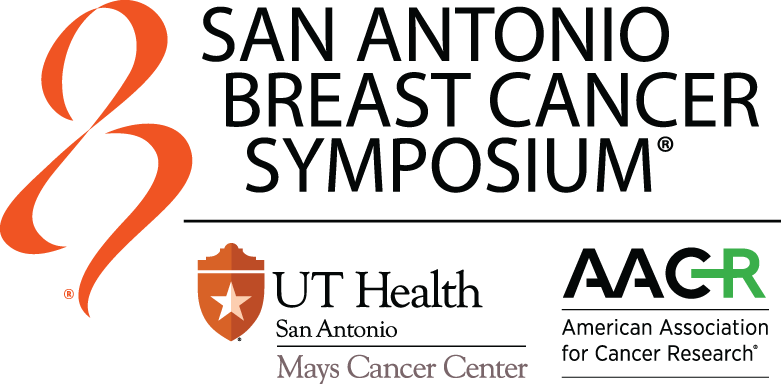Translational medicine is a hotbed of controversy, if not outright debate. SABCS has extended its lightning discussion format to highlight important topics in the research community: future of maximum tolerable dose (MTD) to determine phase two dosing, benefits of randomized trials vs. real-world evidence, and the utility of Ki67 as a clinical biomarker.
RIP MTD
Maximum Tolerated Dose (MTD) is a familiar, time-honored method to determine the dose of investigational drugs on phase II and III trials. For all its familiarity, MTD does nothing to improve outcomes.
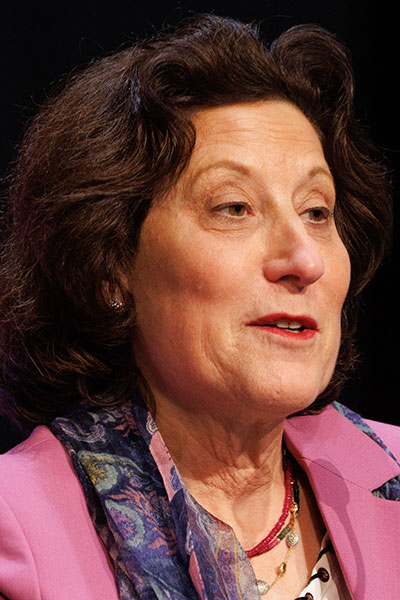
“The idea is that you try increasing doses until you get unacceptable side effects,” explained Hope S. Rugo, MD, Professor of Medicine and Director of Breast Oncology and Clinical Trials Education, University of California San Francisco Comprehensive Cancer Center. “But there is no evidence to show that if you push the dose, you improve outcomes. Look no further than capecitabine, which was approved at 2500 mg/m2 in two divided doses based on MTD and is intolerable for patients at that level. We start at 2000 mg/m2.”
Dr. Rugo opened Translational Controversies on Thursday, December 8, with a discussion of agents that are generally intolerable at MTD and drugs that become intolerable over time as side effects including neuropathy, diarrhea, and fatigue escalate with continued drug exposure. The real question for clinicians and regulators is not determining MTD but determining the optimal therapeutic window for any given agent.
Relying on MTD ignores duration of response, which can be a crucial variable in selecting the most appropriate cancer therapy. And because advanced/refractory disease can be more resistant to therapy than less advanced disease, MTD can lead to higher-than-necessary dosing.
“The goals of therapy in metastatic and early-stage disease can be very different,” Dr. Rugo said. “You need to dose accordingly.”
The list of breast cancer agents whose initial doses or scheduled were modified to improve tolerability or reduce toxicity include small molecules, chemotherapeutics, and antibody-drug conjugates. Preclinical modeling including pharmacokinetics and pharmacodynamics could help identify optimal dosing, as could evaluations of receptor engagement and downstream biological markers.
Parallel evaluation of alternative dosing and schedule could reduce the risk of abandoning effective drugs due to dosing errors and treating patients with ineffective or toxic doses as well as reducing time and resources invested in drug development.

“We have to dose-optimize,” agreed Geoffrey Shapiro, MD, PhD, Professor of Medicine at Harvard Medical School and Director of the Early Drug Development Center at Dana-Farber Cancer Institute. “The question is really when to do it.”
He proposed replacing MTD with MRAD, minimally reproducible active dose. Trastuzumab deruxtecan, for example, showed clinical activity at all doses, but doses >5.4 mg/kg demonstrated excessive toxicity, which was supported by pharmacokinetic data.
“You should consider multiple factors in determining dose and schedule,” he said. “MTD is not the answer.”
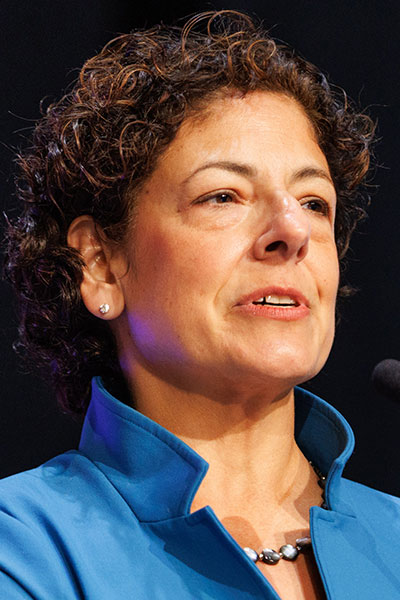
Randomized trials vs. real world evidence
Angela DeMichele, MD, MSCE, Jill & Alan Miller Endowed Chair in Breast Cancer Excellence and Professor of Medicine at the University of Pennsylvania, noted that debates pitting randomized clinical trails vs. real-world evidence (RWE) create a false dichotomy.
“We really need both,” she explained. “RCTs have served us well in safety, isolating treatment effects, confounding factors, the role of chance, and setting standards with common language and processes that are broadly understood by the scientific community and protect patients from harm to the extent possible.”
RCTs have also failed. Randomized trials are a poor reflection of clinical practice in the real world. Trial populations lack real-world diversity. Incorrect assumptions can derail interpretation and leave clinically important questions unanswered. RCTs take too long to get new drugs to the patients who need them and cost too much.
Real-world evidence can help alleviate those weaknesses, though it is not a perfect solution.
“We need to use them in a complimentary fashion,” Dr. DeMichele said. “We should require RWE as part of the drug approval process.”
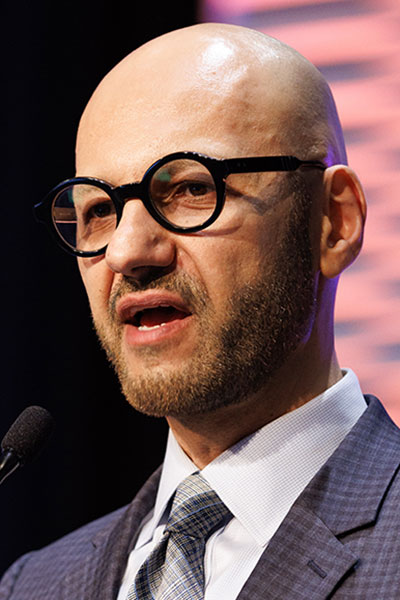
Drug approval should balance RCTs, which have internal validity, and RWE, which brings external validity, said Sean Khozin, MD, MPH, CEO of CancerLinQ, the real-world oncology data platform from the American Society of Clinical Oncology. Relying solely on RCTs forces an imbalance between internal and external validity.
“That imbalance is one reason we repeatedly see outcomes of patients in the real world inferior to outcomes in RCTs,” Dr. Khozin said.
Ki67
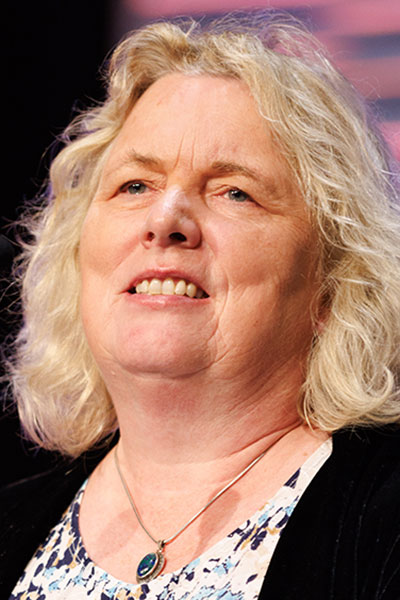
Nadia Harbeck, MD, PhD, Director of the Breast Center Breast Center and Chair for Conservative Oncology at Ludwig-Maximilians University, Munich, Germany, noted that proliferation factor Ki67 has undisputed prognostic impact yet remains frustrating in the clinic.
“We lack a clinically relevant cut-off for Ki67,” Dr. Harbeck said. “It has significance as a prognostic marker over such a wide range of cut points that optimization may not be possible.”

Ki67 has more favorable technical characteristics than almost any other immunohistochemistry assay, agreed Torsten Nielsen, MD, PhD, FRCPC, Professor of Medicine at the University of British Columbia, Vancouver and lead author of the International Ki67 Working Group Consensus published in 2021. The IKWG found that while intra-observer consistency across 100 cases and 8 labs was very good, inter-observer reproducibility was not satisfactory.
The group developed a specific Ki67 scoring procedure supported by calibration images and an IKWG app. Ki67 ≤5% or ≥30% are unequivocal he added. For values in the 5%–30% range, gene expression profiling adds important value for prognosis and therapy selection.
